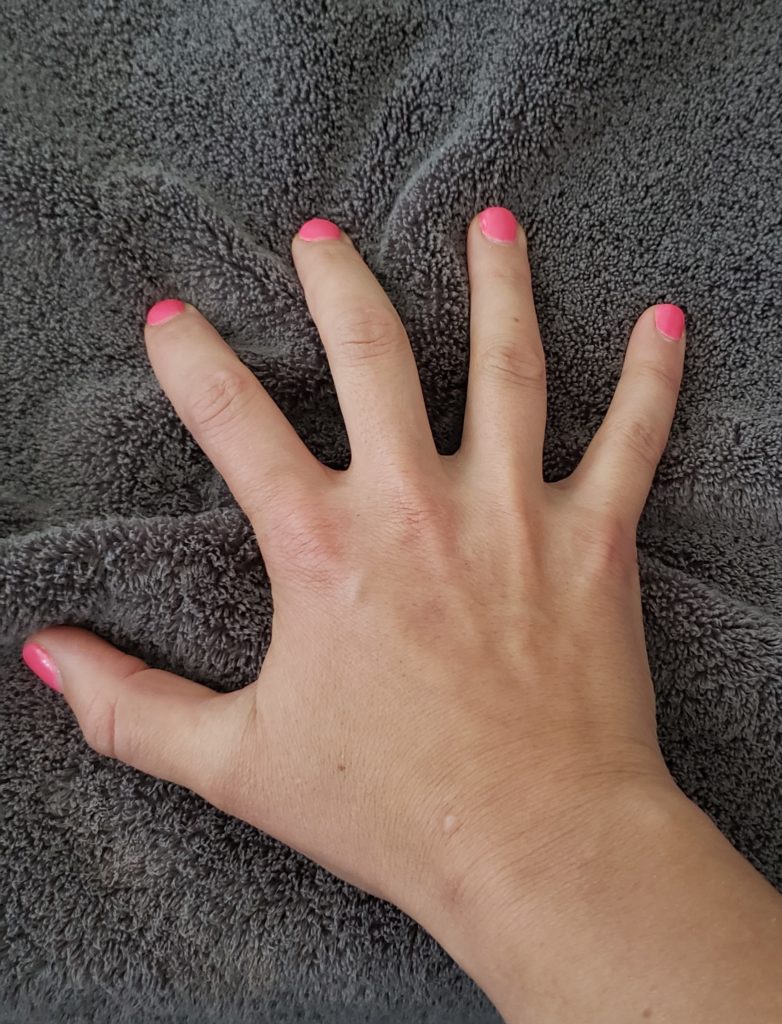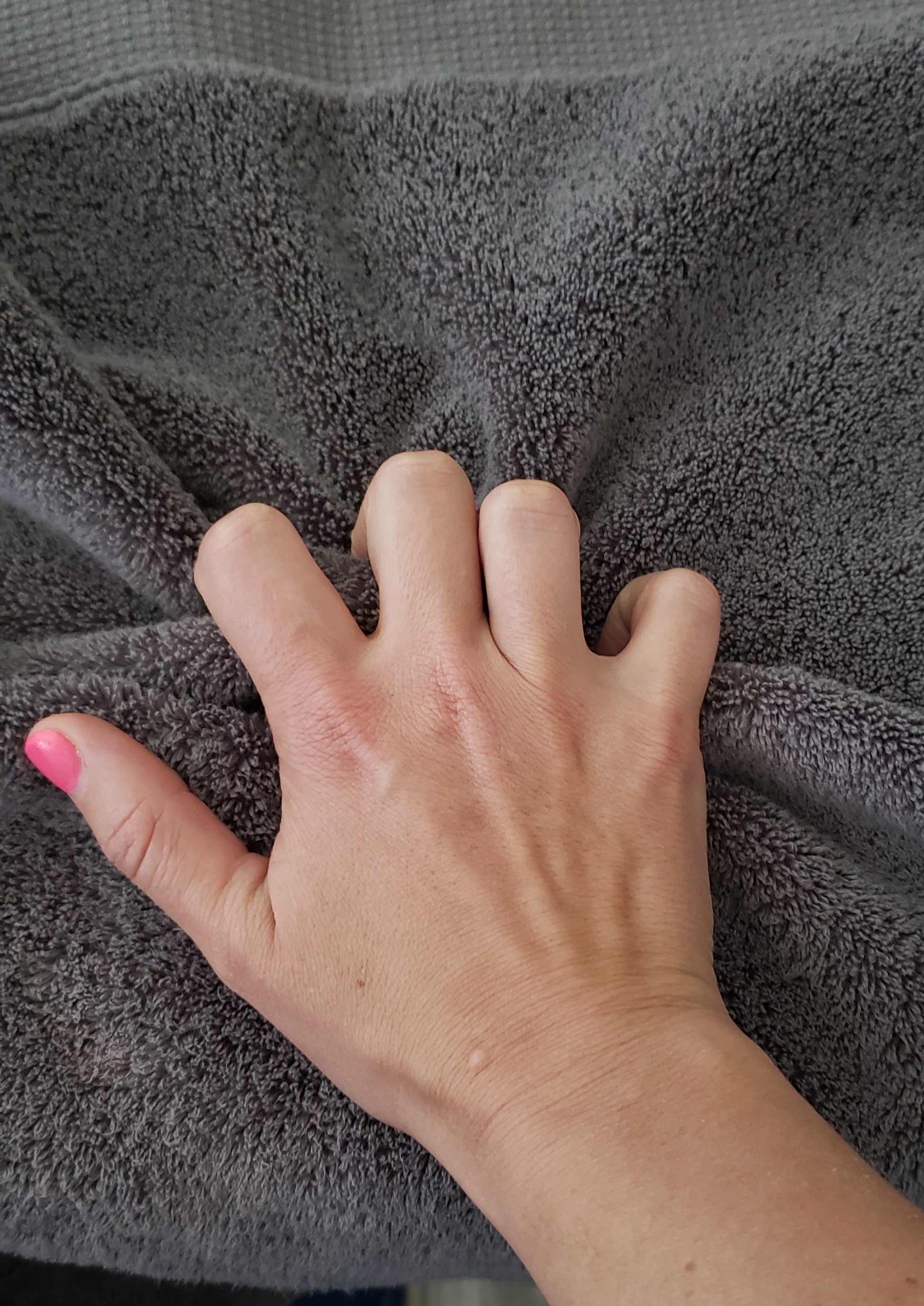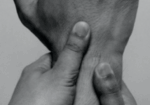What is the difference between therapeutic exercise vs therapeutic activity?
Therapeutic exercise is billed as 97110 and Therapeutic activity is billed as 97530. Both are CPT codes that are commonly used in occupational and physical therapy billing.
These codes are very similar and are often confused. So, when and what do you document for each of these codes?

The therapeutic exercise code is not considered a dynamic code. It typically involves looking only at one parameter being measured such as active range of motion, prom, a/arom, endurance or strength. All of these are separate activities and therefore billed under therapeutic exercise.
Therapeutic activity typically is considered a dynamic activity and usually looks at multiple parameters, these could even be functional parameters. It is typically used when you are looking at range of motion and strength, or range of motion and endurance, etc.
For example, if you were having a patient use Puttycise tools this would be looking at range of motion as well as strength, therefore would be billed under Therapeutic Activity. Pushing a cart or cooking would be considered therapeutic activity as well. Therapeutic activities typically are real life movements or simulated activities of real life.
You can often think of Therapeutic Exercise as being the building block for Therapeutic Activity. For instance, if you are working with a patient with a tendon laceration initially you may be having the patient perform gentle short arc range of motion, once the patient has progressed and can safely perform towel walking with light resistance, now the movement is therapeutic activity, as a second parameter has been added to the first.


Questions, please shoot us a quick note on ‘therapeutic activity vs exercise‘ topic! Thanks for reading.
3 Comments
Leave a Comment
More To Read
Functional Home Exercises for Patients with Wrist Instability
Functional Home Exercises for Patients with Wrist Instability Ever wondered what brushing your teeth, dressing, making a U-turn, and playing sports have in common? They all rely on a stable wrist. Wrist stability is crucial for everyday activities, supporting wrist proprioception, coordination, motor control, stability, and mobility (Wietlisbach, 2019). For patients recovering from a wrist…
Read MoreBiceps Tenodesis Versus Tenotomy During Arthroscopic Rotator Cuff Repair
Article Review By: Delaney Wright Title: Outcomes of Biceps Tenodesis Versus Tenotomy During Arthroscopic Rotator Cuff Repair: An Analysis of Patients From a Large Multicenter Database Reference: Srinivasan, R. C., Hao, K. A., Wright, T. W., Farmer, K. W., Wright, J. O., Roach, R. P., Moser, M. W., Freidl, M. C., Pazik, M., & King,…
Read MoreChanges in ROM of the MCP after Trapeziometacarpal Arthrodesis
Rapid Review: Changes in ROM of the MCP after Trapeziometacarpal Arthrodesis Hayashi, M., Kato, H., Komatsu, M., Yamazaki, H., Uchiyama, S., & Takahashi, J. (2021). Changes in the Functional Range of Motion of the Thumb Metacarpophalangeal Joint After Trapeziometacarpal Arthrodesis for Patients With Advanced Trapeziometacarpal Osteoarthritis. The Journal of hand surgery, S0363-5023(21)00613-4. Advance online publication. https://doi.org/10.1016/j.jhsa.2021.09.018. The Skinny: Several published…
Read MoreTest for Distal Radial Ulnar Joint of the Wrist
Ballottment Test for Wrist DRUJ Reliability and Validity Analysis of the Distal Radioulnar Joint Ballottement Test Nagashima, M., Omokawa, S., Hasegawa, H., Nakanishi, Y., Kawamura, K., & Tanaka, Y. (2024). Reliability and validity analysis of the distal radioulnar joint ballottement test. The Journal of Hand Surgery, 49(1), 15–22. https://doi.org/10.1016/j.jhsa.2023.10.006 The Skinny: Distal radioulnar joint (DRUJ)…
Read MoreSign-up to Get Updates Straight to Your Inbox!
Sign up with us and we will send you regular blog posts on everything hand therapy, notices every time we upload new videos and tutorials, along with handout, protocols, and other useful information.







Nice blog
Thank you!! There will be more to come!
Simple direct explanation!! I’m adding this to my student handbook for my fieldwork students